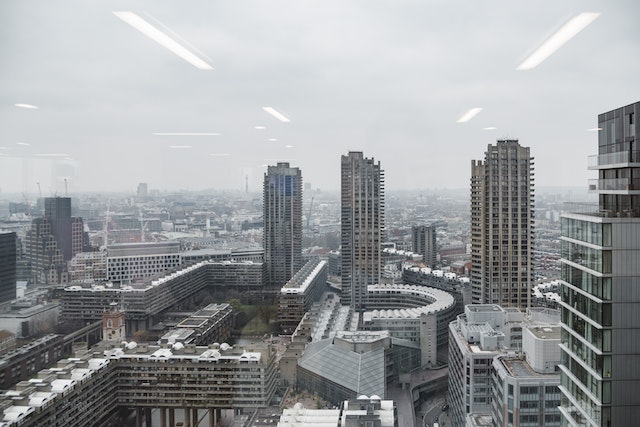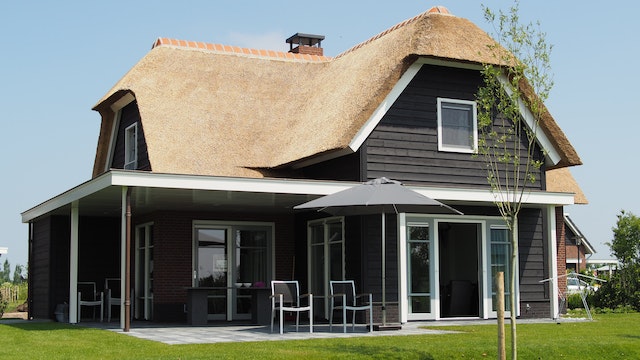Introduction:
The real estate market in the United States is constantly evolving, influenced by various factors such as economic conditions, demographic shifts, and changing consumer preferences. Staying informed about the latest trends is crucial for both buyers and sellers. In this short article, we will highlight some of the current real estate trends shaping the landscape in the USA.
1. Low Housing Inventory:
One of the prominent trends in the US real estate market is the persistently low housing inventory. Many areas across the country are experiencing a shortage of available homes for sale. This scarcity of inventory has created a highly competitive environment, with multiple buyers vying for limited options. As a result, home prices have been steadily rising, making it a seller’s market in many regions. Buyers need to be prepared to act swiftly and make competitive offers in order to secure a home.
2. Urban-to-Suburban Shift:
The COVID-19 pandemic has spurred a significant shift in housing preferences, with a growing number of people opting for suburban or rural areas over urban centers. Remote work and a desire for more space and privacy have led individuals and families to seek larger homes in suburban communities. This shift has caused increased demand for suburban properties, driving up prices and creating a competitive market outside of major metropolitan areas.
3. Emphasis-on Sustainability:
Sustainability and eco-friendly features are gaining prominence in the real estate market. Homebuyers are increasingly looking for energy-efficient properties with sustainable designs and environmentally friendly features. Builders and developers are
responding to this demand by incorporating green building practices, renewable energy solutions, and smart home technologies into new construction projects. The integration of sustainable features not only benefits the environment but also enhances the long-term value and desirability of properties.
4. Rise of Technology and Virtual Tools:
Technology continues to reshape the real estate industry, particularly in the wake of the pandemic. Virtual tours, 3D property viewings, and video conferences have become prevalent tools for buyers and sellers to explore and showcase properties remotely. Real estate professionals are leveraging technology to streamline transactions, offer virtual consultations, and provide digital documentation processes. The use of technology has not only enhanced efficiency but also expanded access to the market, enabling buyers and sellers to connect across geographical boundaries.
5. Demand for Multigenerational Housing:
The demand for multigenerational housing is on the rise in the US. With changing family dynamics and an increasing aging population, many households are seeking homes that can accommodate multiple generations. This includes features such as separate living spaces, additional bedrooms, and flexible layouts to accommodate extended family members. Builders are responding to this demand by designing homes that cater to multigenerational living, providing options for families to live together comfortably under one roof.
Conclusion:
The US real estate market is currently characterized by low housing inventory, a shift towards suburban living, a focus on sustainability, the integration of technology, and a growing demand for multigenerational housing. Staying informed about these trends can help buyers and sellers make informed decisions and navigate the dynamic real estate landscape. Whether you’re considering buying or selling a property, it’s crucial to adapt to these trends and work with knowledgeable professionals who can guide you through the changing market conditions.






